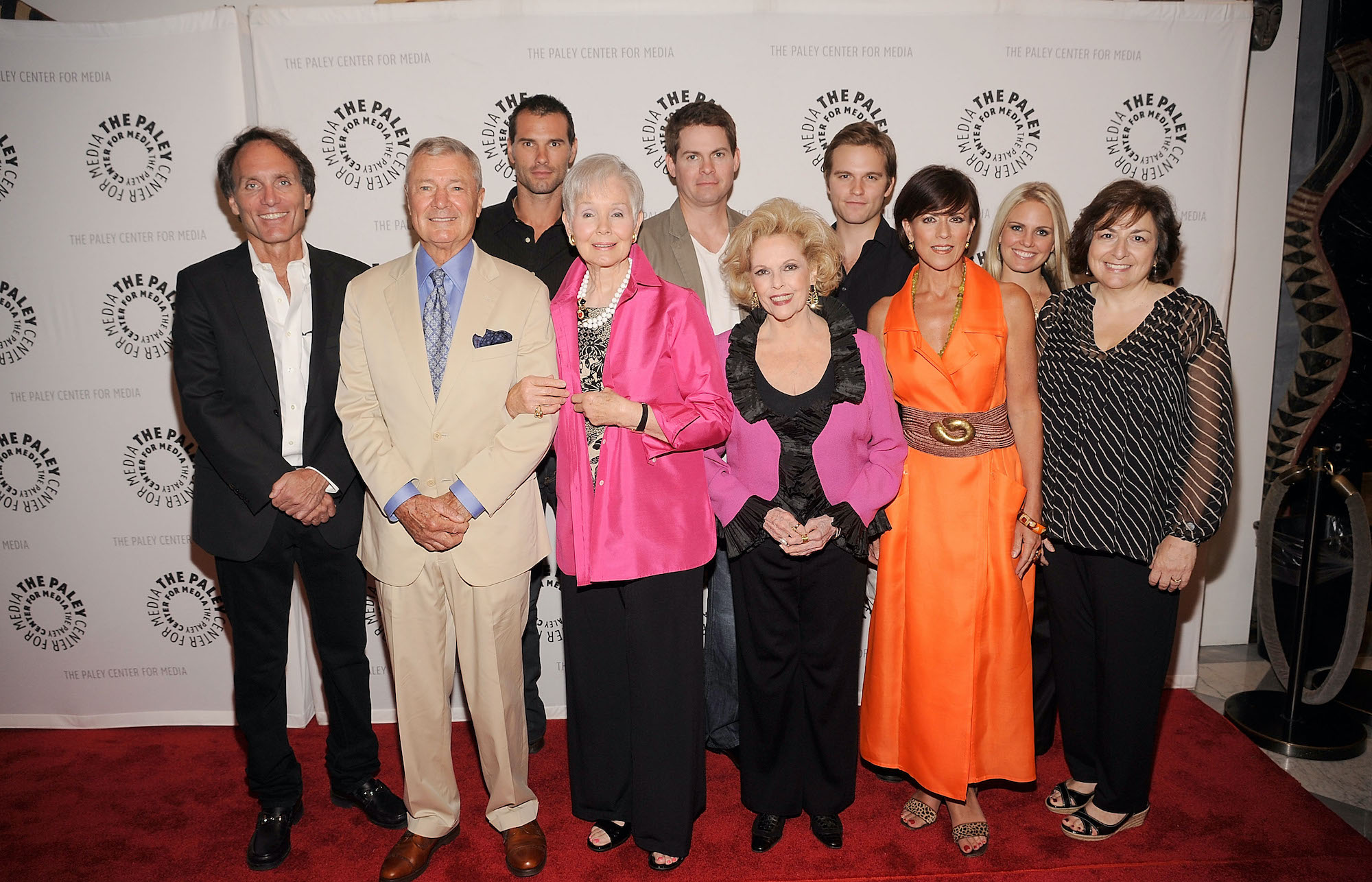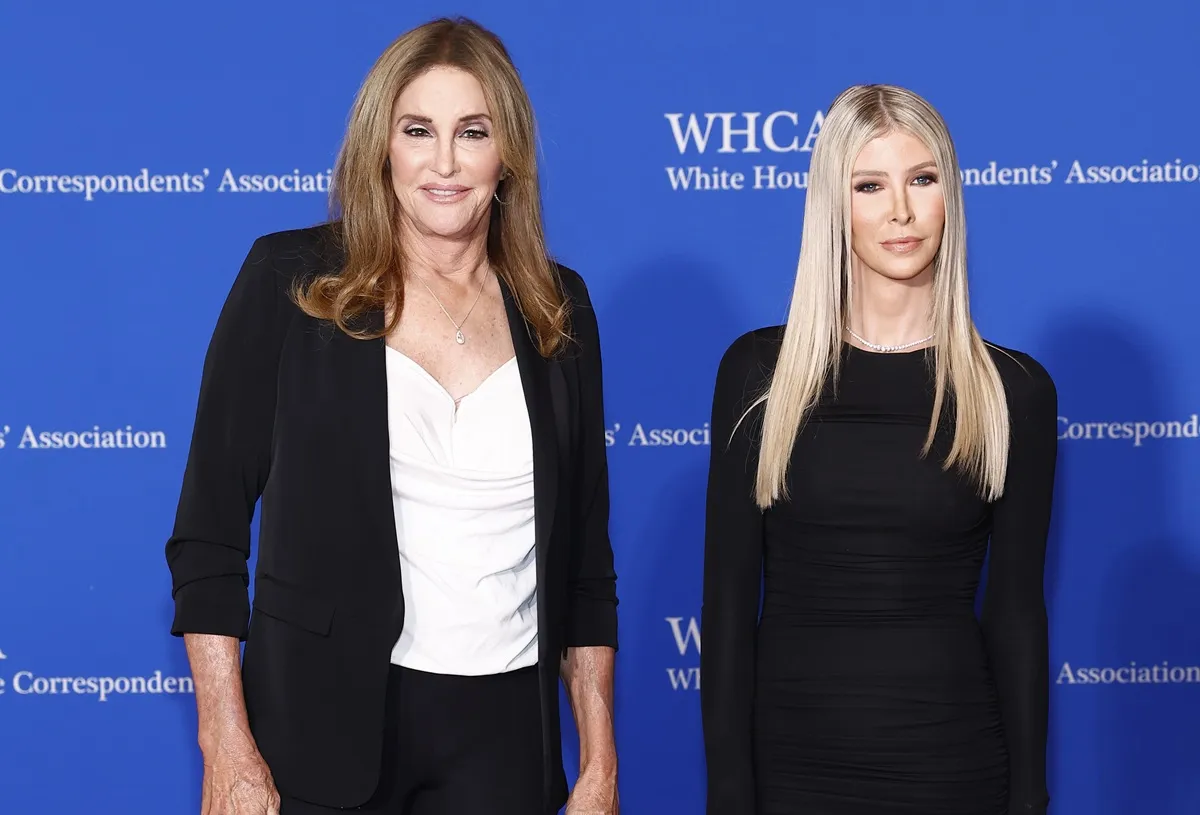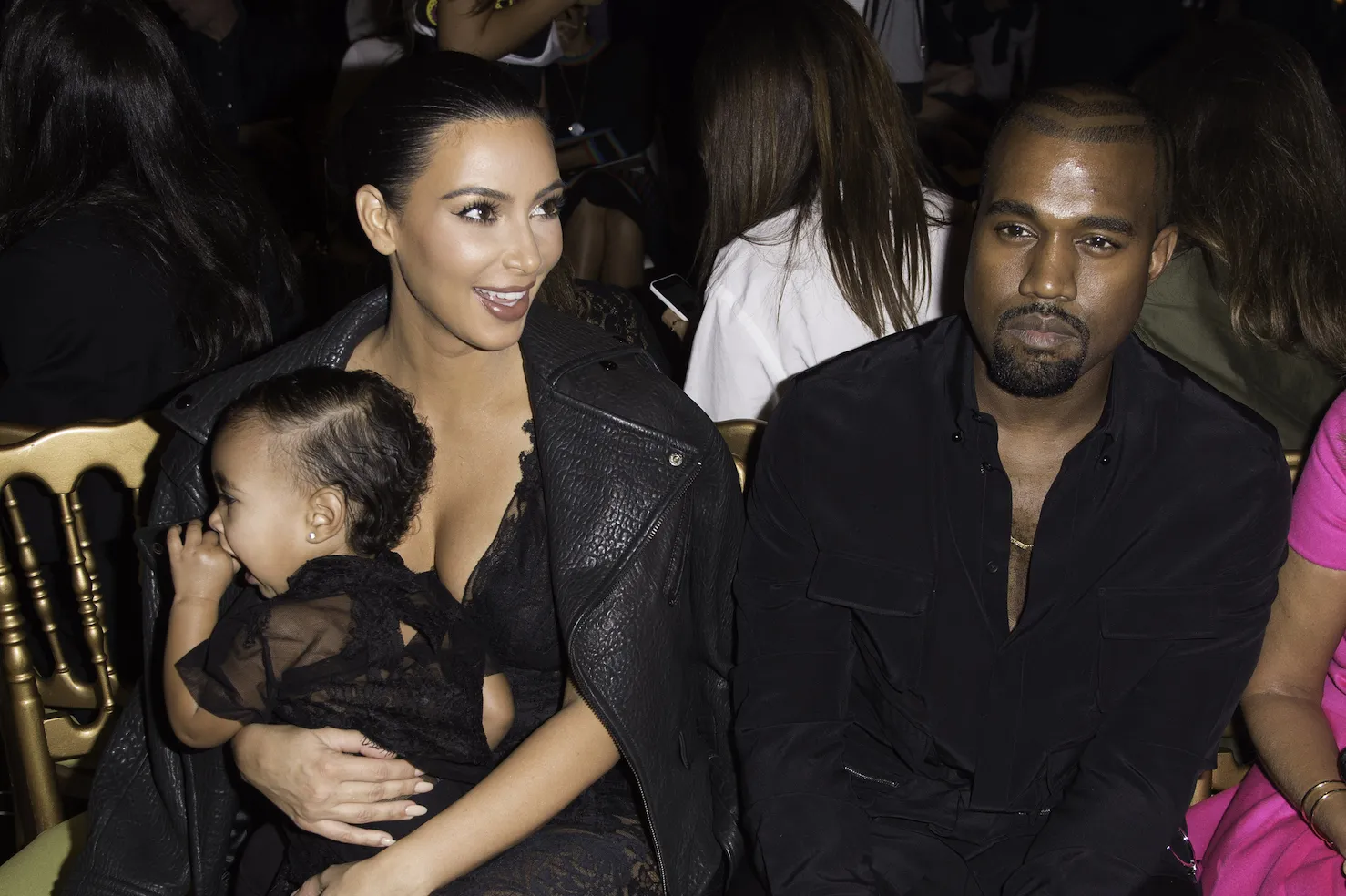Why Was ‘As the World Turns’ Canceled?
TV shows first started broadcasting in the 1930s when making shows was still new and experimental. The decades to follow would pave the way to the television series we watch today, influenced heavily by the decades and trends of that time. Many of them are even well-loved TV classics that get a lot of rerun viewership today. To accurately pinpoint why As the World Turns was canceled, we have to do a deep dive into what was happening at that time to influence a change in viewership and popularity.

What ‘ATWT’ was about and how long the series ran
As the World Turns was an award-winning daytime soap opera that followed upper-class families like the Hughes and Stewarts (and later the Snyders). It gave particular focus to their personal and professional struggles and successes. It was one of the first soap operas to give more attention to several main leads rather than one rich lead. ATWT was made up of mostly doctors, lawyers, and their families — bringing unexpected complications to the plotlines for entertainment and creating truly emotionally intense scenes that resonated with their viewers.
According to Rome Sentinel, “When the legendary Irna Phillips created the show, she wrote a credo, ‘As the world turns, we know the bleakness of winter, the promise of spring, the fullness of summer and the harvest of autumn — the cycle of life is complete.'” The daytime soap opera series went on to run for 54 years between its premiere in 1956 and its finale in 2010. This made it the fourth longest-running daytime network, just under popular series like Guiding Light, General Hospital, and Days of Our Lives.
The majority of daytime soap operas launched in the ’50s and ’60s
With most soap operas launching in the ’50s and ’60s, it will likely come as no surprise to you that their stories were written for viewers stay-at-home moms and housewives who took care of their family while their husbands were at work. At this time, that was a significant portion of the population, paving the way for daytime TV success.
Soaps were typically a series of 15-minute long episodes, but when As the World Turns entered the TV scene, creators expanded their episode lengths to 30 minutes, giving more time for plotlines to develop and get viewers emotionally invested in the stories.
Daytime TV saw a steady decline, leading to the cancellation of ‘As the World Turns’
The truth is, daytime TV started seeing a steady decline since the short afternoon dramas were targeted to women who’d be at home while their husbands were working. Over the decades, as more women were working and building careers, viewership for ATWT started to decline as well, leading to its cancellation in 2010.
“Can we be surprised?” TV Insider reported James Parker saying as the final episodes aired. “The mesmeric hold of the soap, the spell of its simmering close-ups and spiraling plotlines, has been broken. The deaths and births of these made-up communities no longer fill our hearts. Kim Kardashian, Brangelina, the kids from The Hills: these are the people we care about now. Meanwhile, every man tweets his own serial narrative, from the line at Starbucks.”
Believe it or not, only a few daytime soaps remain on the air because of the cultural shift. For many, it’s obvious the changing culture of women going to work clearly correlates to the decline of soaps, as soap operas saw a major uptick in viewers at the start of coronavirus (COVID-19) lockdowns in the US in 2020. However, the future of daytime soap operas is still far from over, but if soaps like Y&R, B&B, and General Hospital want to keep up — they’re going to have to take viewer advice and get more creative.


